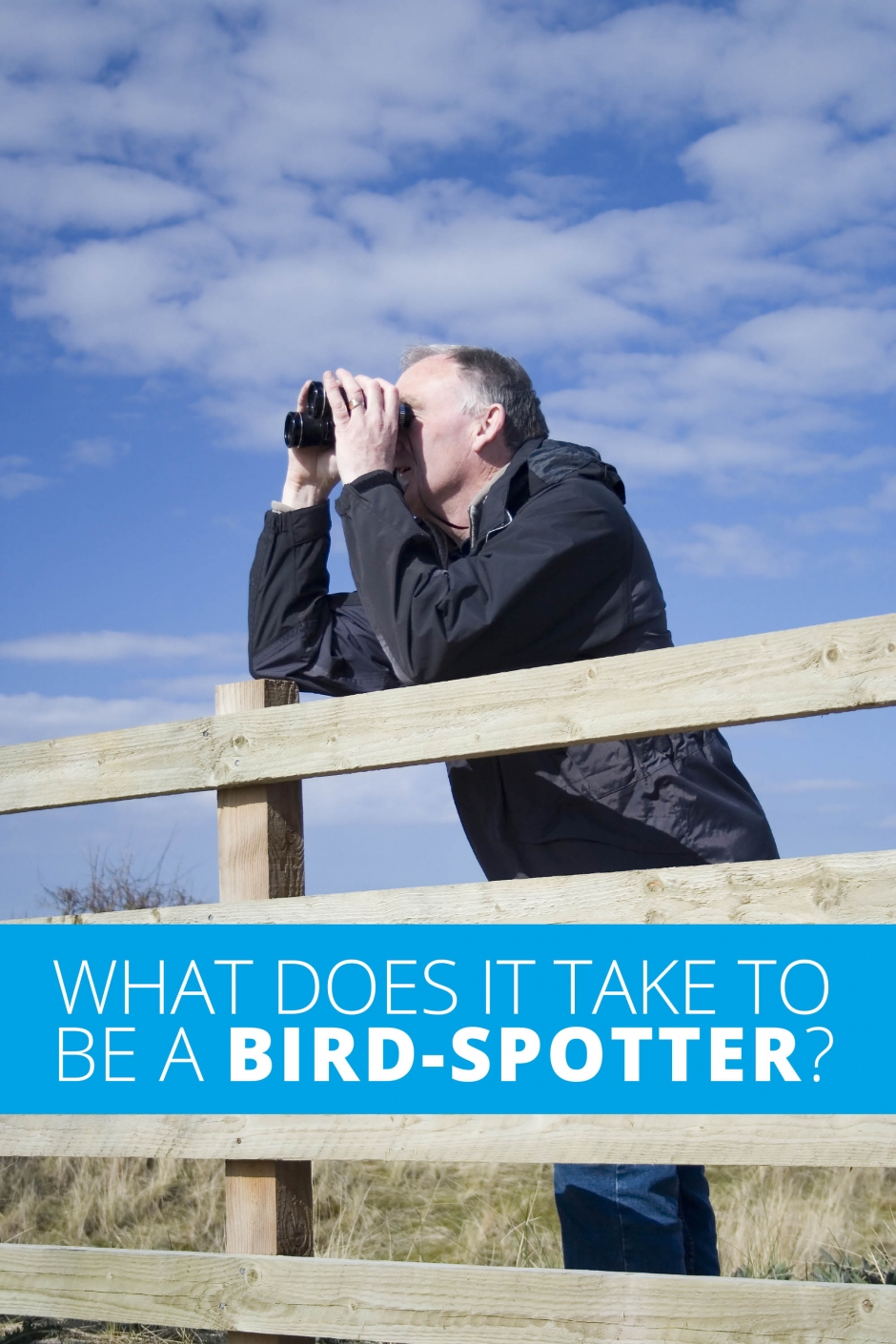Described as the Banksy of the bird world, top spotter and illustrator Matt Sewell shares his love for our feathered friends.
How did you become an illustrator?
After I left university, I got into illustration and street art doing lots of different projects for magazines, newspapers, clothing brands, even painting on walls, which is how I got my name out there.
How did your love of birds come about?
I’m originally from County Durham, where I grew up on a smallholding. I’ve always been fascinated by nature and birds in particular. As a child I was really into bird books and would often draw from them, even if I hadn’t seen a particular species.
About eight years ago, I got fed up with commercial art and decided to go travelling with my then girlfriend, now wife. A friend had given me a bird book, and I became a bit obsessed with it and spent the whole trip bird-spotting. I realised what a positive thing and a big part of my life birds were and when we got back I thought I would do something with it.
How did you get the moniker, ‘Banksy of the bird world’?
When we got back I started a blog post and got involved in the online forum, Caught by the river. I designed the logo and wanted to contribute, so I painted my favourite bird – the first was a blue tit – and wrote a couple of lines with it, and I posted a new bird illustration every week. Soon it attracted a bit of a cult following and after that I realised I could write a book. There’s something special about birds that I love, they have a life form of their own and whether you’re a kid or 90, you can be into bird-watching. It’s such an enjoyable thing to do.
Has bird-watching had a makeover?
It’s definitely changed over the last few years. It used to be guys in anoraks with big binoculars – and now I still wear an anorak, but it’s a trendy one and it has a different kind of feel. There are lot of musicians and artists who enjoy being outdoors – it’s great for wellbeing and fitness and the stuffy, boring image of birdwatching is in the past.
What tips do you have for new spotters?
Whenever you go out, always look at what’s around – even in the middle of a town, a pigeon could be a sparrowhawk, a blue tit could be goldcrest. It’s almost a meditative thing, you can put your headphones on and almost disappear. Be prepared – have a book and binoculars tucked away as you never know what you might spot.
Matt Sewell’s Spotting and Jotting Guide is published by Ebury Publishing.




